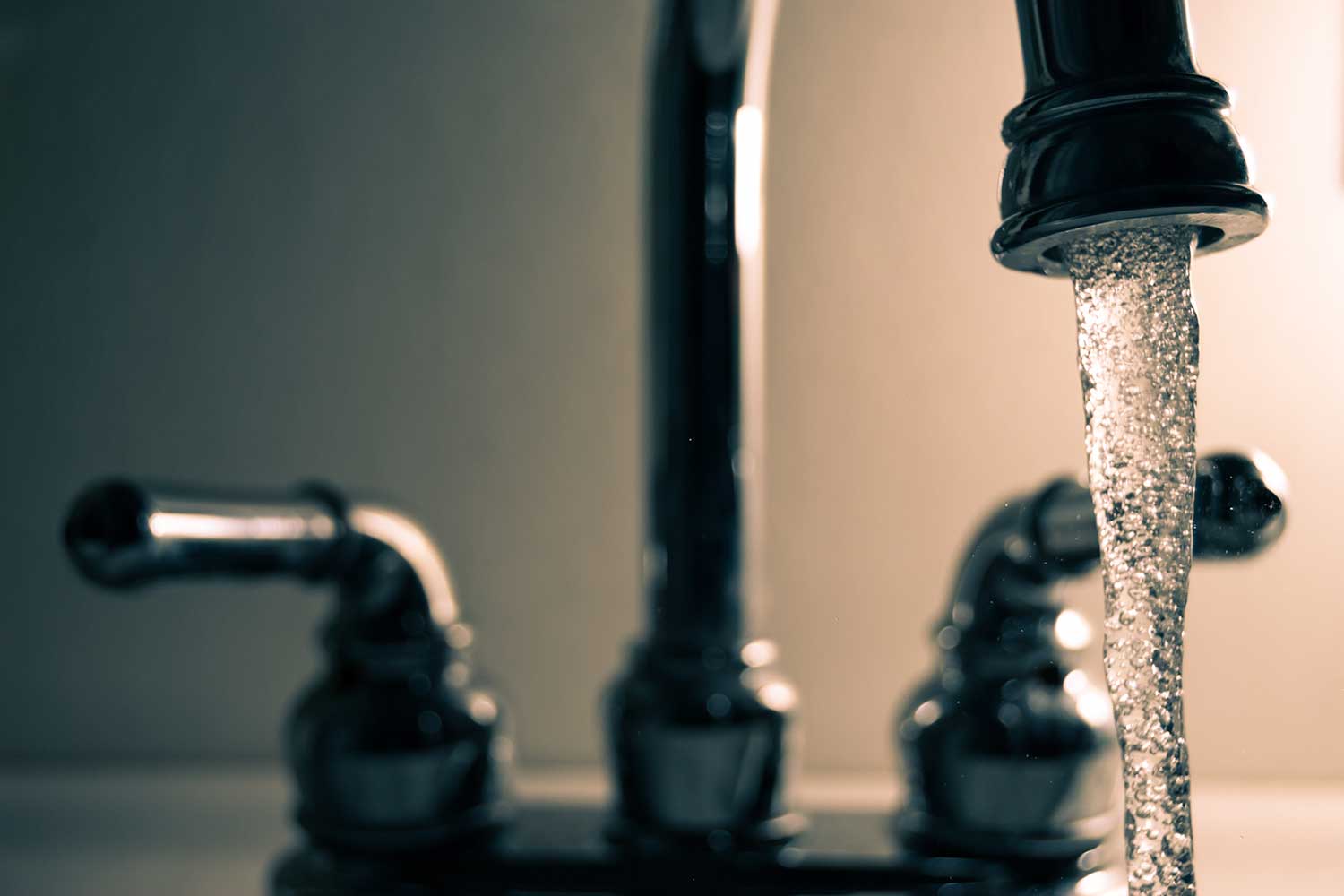Reasons for Low Water Pressure in a Kitchen Faucet
| 26, Aug, 21
There are two likely and common reasons why you can experience low water pressure in a kitchen faucet. The first is a blocked aerator and the other a clogged cartridge. This can happen with any kind of kitchen faucet and is a frustrating issue but normally has a simple solution.
How to Fix Low Water Pressure in Faucet
Begin by checking the water pressure of the water coming in. Also make sure that the valve is fully open. It might be that where the water enters your house through the valve is old and must be replaced. This can be done yourself or if you are inexperienced or unsure you can contact a plumber instead.
If the valve isn’t the source of why you are experiencing low water pressure, the next step is to ensure that there are no leaks in your plumbing system. Leaks will cause the pressure to drop in the whole plumbing system throughout your house and naturally, if there is any dripping water, it is a cause for concern as it can create a lot of damage. This needs to be fixed as soon as possible to prevent further damage.
The Two Most Common Culprits
- The Aerator - An aerator is an apparatus that attaches to the faucet spout. It’s purpose is to infuse air into the water and limit flow. If low water pressure is caused by a blocked aerator it can be because it is blocked with mineral deposits, which happens especially after a long time. Should this be the cause, you can try to fix it by following these five steps.
- Place a Plug into the Sink’s Drain - Before you do anything, place a plug into the drain of the sink. This will prevent any parts from accidentally falling down the drain hole.
- Remove the Aerator - This procedure of removing the aerator should be easy. You can twist the aerator off at the end of the faucet using a pair of pliers. If you do use pliers, wrap some duct tape around the end of the faucet to prevent damage.
- Dismantle and Clean - Dismantle the aerator and clean it inside by using a toothbrush. It is possible that the mineral deposits can become encrusted. In this case, you may need to boil the aerator in vinegar to try and dissolve the deposits. You can also stick a safety pin through each of the individual holes to unblock them more easily. Another alternative is to fill a plastic bag with vinegar and water, then fasten the bag over the faucet head using a rubber band. Combined, these techniques should help to dissolve any mineral build-up on the immersed faucet head.
- Test - The faucet should be tested before you replace the aerator. Do this by running the faucet without the aerator so that you can test the water pressure. If the water is able to run normally without the aerator, the problem has been fixed.
- Replace the Aerator - After you have replaced the aerator on the faucet, test the water again to see if it now runs with normal pressure.
2. Cartridge
So, if the issue does not lie with the aerator, it may be the cartridge.
- Place a Plug into the Sink’s Drain - Place the plug in the drain hole to prevent any parts from falling down the drain.
- Turn Off the Water Valves - The water valves can be found underneath the sink. Both valves should be switched off
- Remove the Faucet Handle - The protective cap must be removed (use a flat head screwdriver) and remove the faucet handles. You may need an allen wrench, also known as a hex key, to do this.
- Remove the Cartridge - The cartridge nut must be removed with a wrench before the cartridge can be removed. Remember to set all the pieces down in the correct order so that you can put it back again correctly after you have finished the procedure.
- Clean and Replace the Cartridge - Clean the cartridge of anything that may be causing the blockage. Replace the cartridge in exactly the same way as when you removed it.
- Turn on the Water and Test - All the water valves beneath the sink must be turned back on again. Test the water flow and hopefully the water pressure should be normal again.
A Simple Solution
Normally, the causes for low water pressure in a kitchen faucet have simple solutions. If you follow these instructions very carefully, you most likely won’t even have to call a plumber for assistance.




